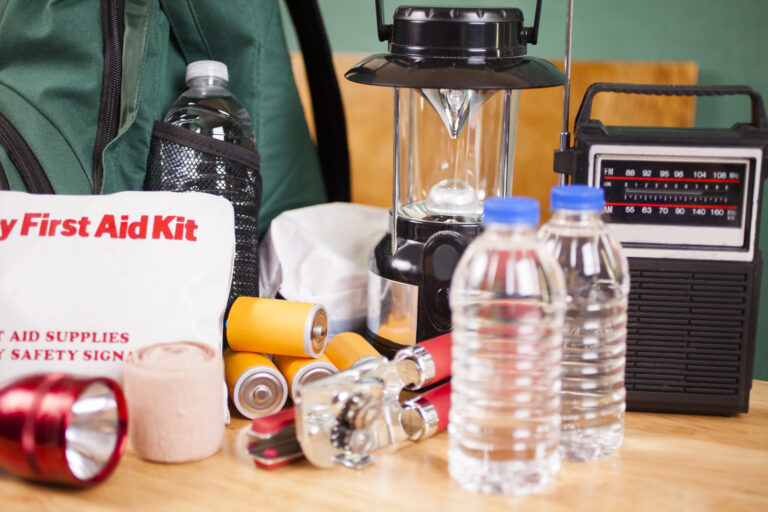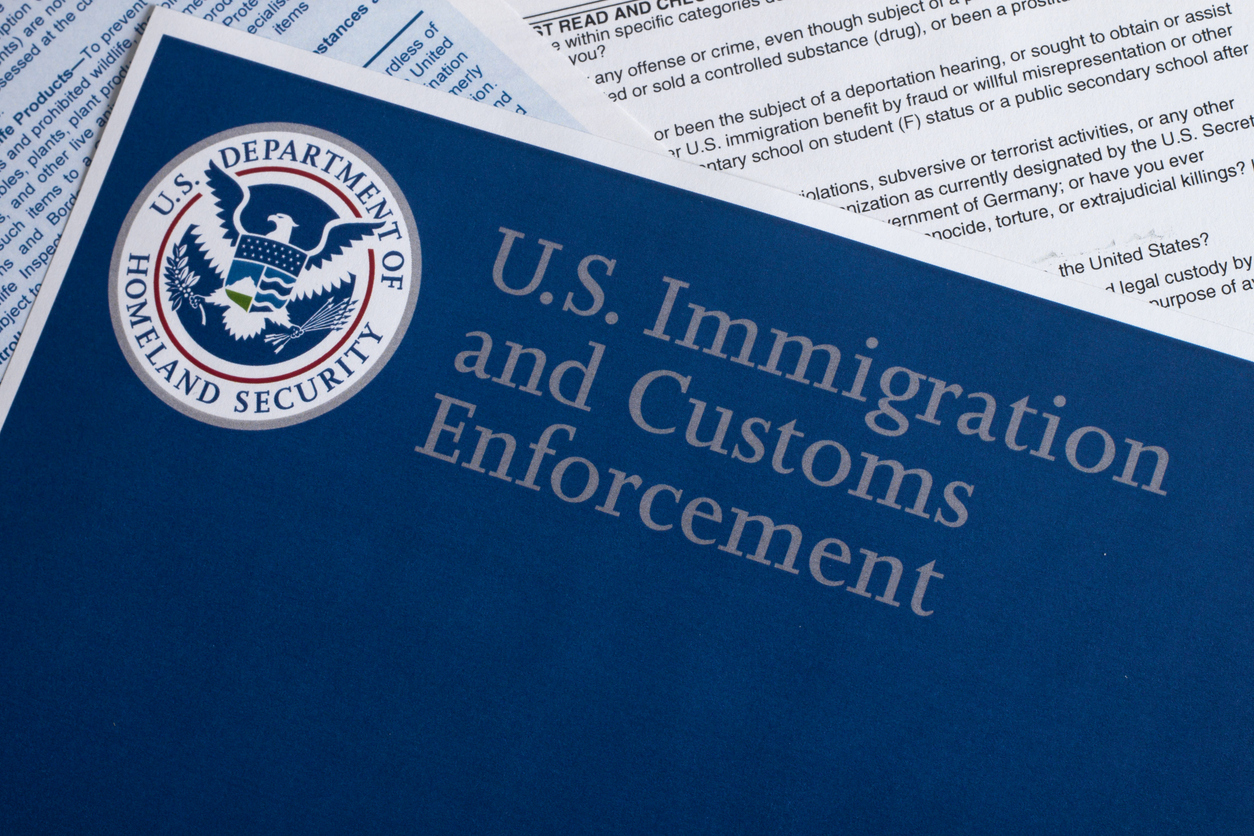This resource is provided by ACSA Partner4Purpose Lozano Smith.
School administrators are facing a growing threat to student health that is often disguised as a standard tool. JUULs are a type of vaporizing device—commonly referred to as “vapes”—that are soaring in popularity among young people.
According to Wikipedia, “A vape, or electronic cigarette, is a handheld electronic device that tries to create the feeling of tobacco smoking. It works by heating a liquid to generate an aerosol, commonly called a “vapor”, that the user inhales. The liquid in the e-cigarette, called e-liquid, is usually made of nicotine, propylene glycol, glycerine, and flavorings. Not all e-liquids contain nicotine.”
The use of vapes, JUULs, and similar products is extremely prevalent among high school students, creating a new generation of nicotine users and “smokers” after years of successful programs aimed at reducing teen smoking. Every day in high schools across the U.S., the use of electronic cigarettes is common and occurs on school grounds undetected by school staff.
Vapes and electronic cigarettes have become increasingly discreet and available in an array of enticing flavors. Some vapes now resemble regular pens and are more difficult for teachers and administrators to notice and confiscate. The JUUL resembles a USB stick, and its small size fits into the palm of a hand.
Tobacco products have been banned from school campuses for decades, but some vapes can use flavored vapor without nicotine or tobacco. These devices can also be used for the ingestion of marijuana and related substances. Devices used for these purposes are often called “wax pens” or “dab pens” and are also small and easily pass undetected.
Can schools ban these devices or discipline students for using them on campus? The answer to both of these questions is “yes.”
Applicable laws
As e-cigarette and vaping technologies have developed, this industry has fortunately not left the law in a cloud of smoke. California’s laws have been broadened to ban JUULs and every other type of vaporizing device from schools. California Health and Safety Code section 104420, subdivision (n) was amended in 2016 to require that any school receiving state funding have a policy that prohibits “electronic cigarettes that can deliver nicotine and non-nicotine vaporized solutions.” Thus, even e-cigarettes or vapes that contain only flavored “vape” are prohibited from school grounds.
Education Code section 48901 was also amended in 2016 to prohibit smoking and tobacco products on campus and at school events, and defines “smoking” and “tobacco products” as they are defined in Business and Professions Code section 22950.5. The latter code section’s definition of “smoking” includes “the use of an electronic smoking device that creates an aerosol or vapor, in any manner or in any form,” while its definition of “tobacco product” includes “[a]n electronic device that delivers nicotine or other vaporized liquids.”
Yes, districts can discipline
As discussed above, vapes and e-cigarettes (even those containing only flavored vapor) are banned from school campuses and school events to the same extent as tobacco products. Under existing California law, school districts can discipline students in possession of non-nicotine vapes or e-cigarettes in the same way they discipline students using or in possession of cigarettes.
What should we do?
There are a few key things schools and school districts can do to fight the use of vapes and e-cigarettes on campus and also, the health threat they pose to students.
- Revise board policies to specifically call out vaping and related devices.
- Develop programs to educate students on the dangers of vapes and JUULs.
- Train staff to recognize the use of vapes and JUULs at school.
- Provide information and communication to parents about these devices and their prohibition at school.





























